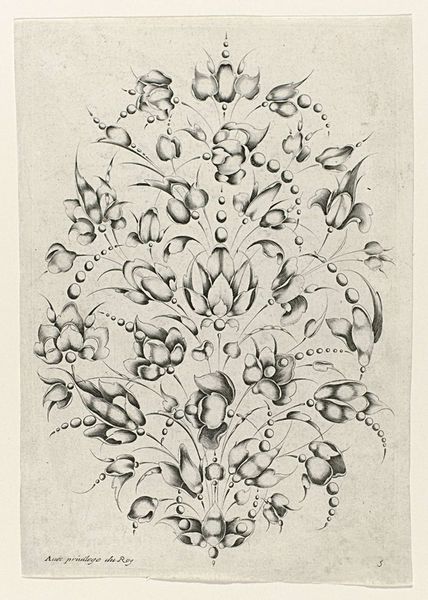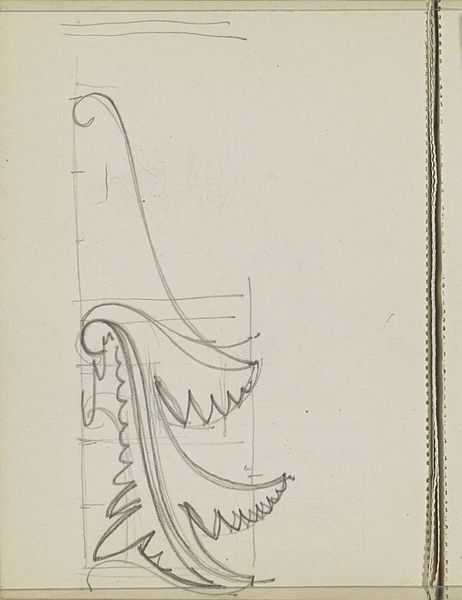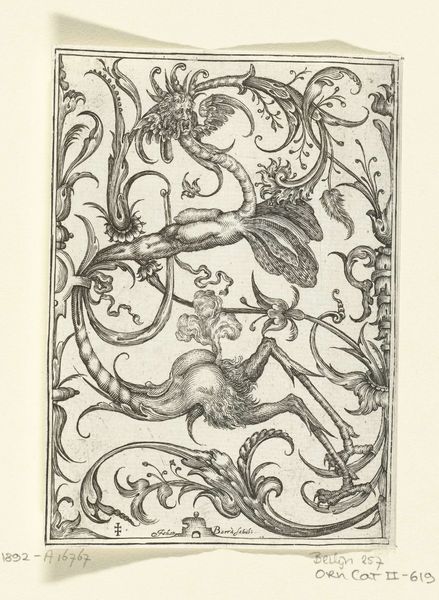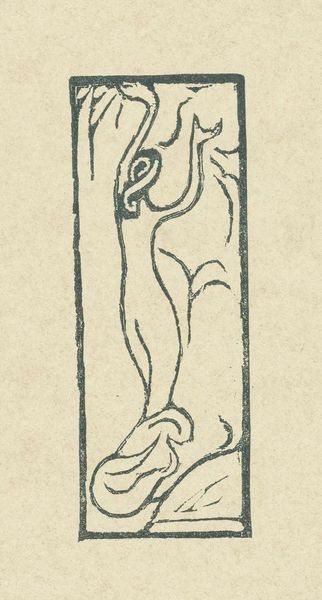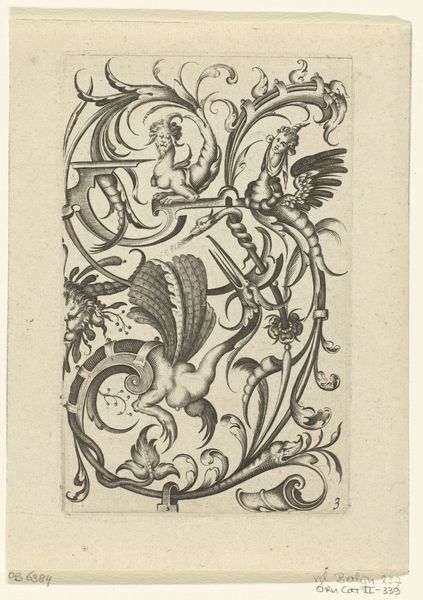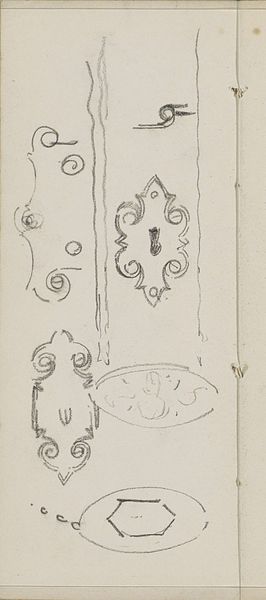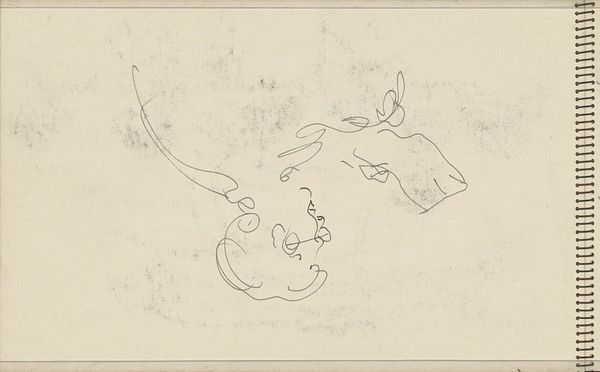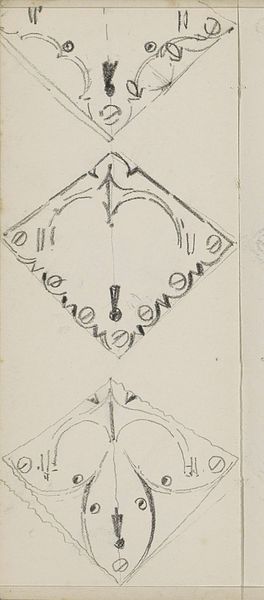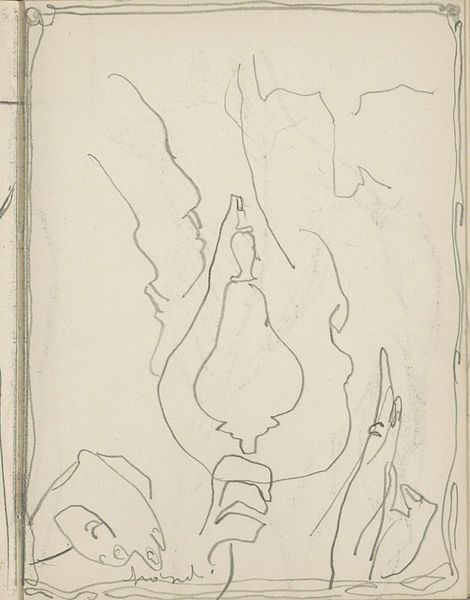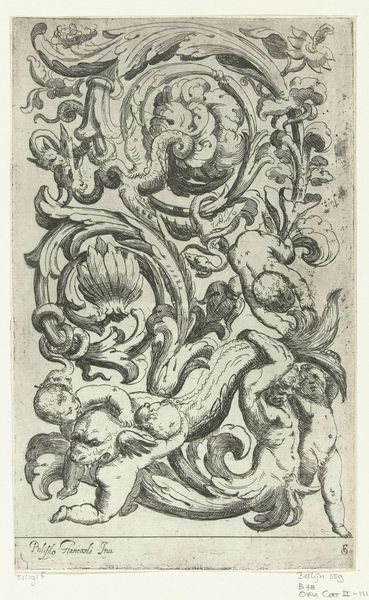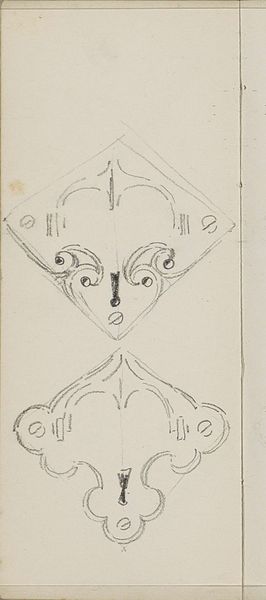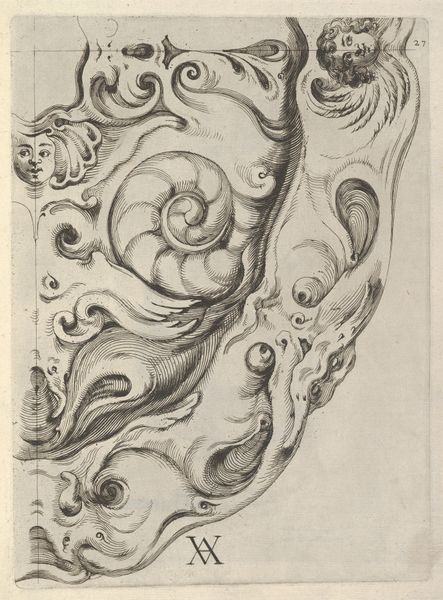
drawing, graphite
#
portrait
#
drawing
#
ink drawing
#
caricature
#
expressionism
#
graphite
Copyright: Public Domain: Artvee
Editor: We’re looking at James Ensor's "Images du Rallye" from 1923, an ink and graphite drawing. It feels unsettling – these grotesque faces and looping lines create a really disturbing effect. What do you make of this piece? Curator: Considering Ensor’s historical context, the disturbing quality is central. Remember, he worked during a period of significant social upheaval and witnessed the rise of political extremism. These grotesque caricatures reflect a deep skepticism towards authority and the perceived follies of society. Do you see how the exaggerated features become a form of social commentary? Editor: I guess I do. They’re not just ugly faces; they seem to represent something larger, like corruption or maybe the absurdity of power. Curator: Precisely. Ensor used imagery to critique societal structures. The 'rally,' hinted at in the title, could be interpreted as a gathering of these flawed characters, perhaps even a mockery of political rallies of his time. How does this reading affect your understanding of the drawing? Editor: It makes it much more potent. It's not just a random assortment of faces, but a deliberate commentary on societal figures and their inherent flaws. It also reminds me of how artists can use imagery to challenge the status quo. Curator: Exactly. The drawing becomes a document of its time, a critical reflection on the political and social landscape as perceived by Ensor. Hopefully, this discussion encouraged us to see it from a new perspective. Editor: Definitely, it’s a powerful reminder of the role of art as a form of political commentary. I won't see it the same way again.
Comments
No comments
Be the first to comment and join the conversation on the ultimate creative platform.
